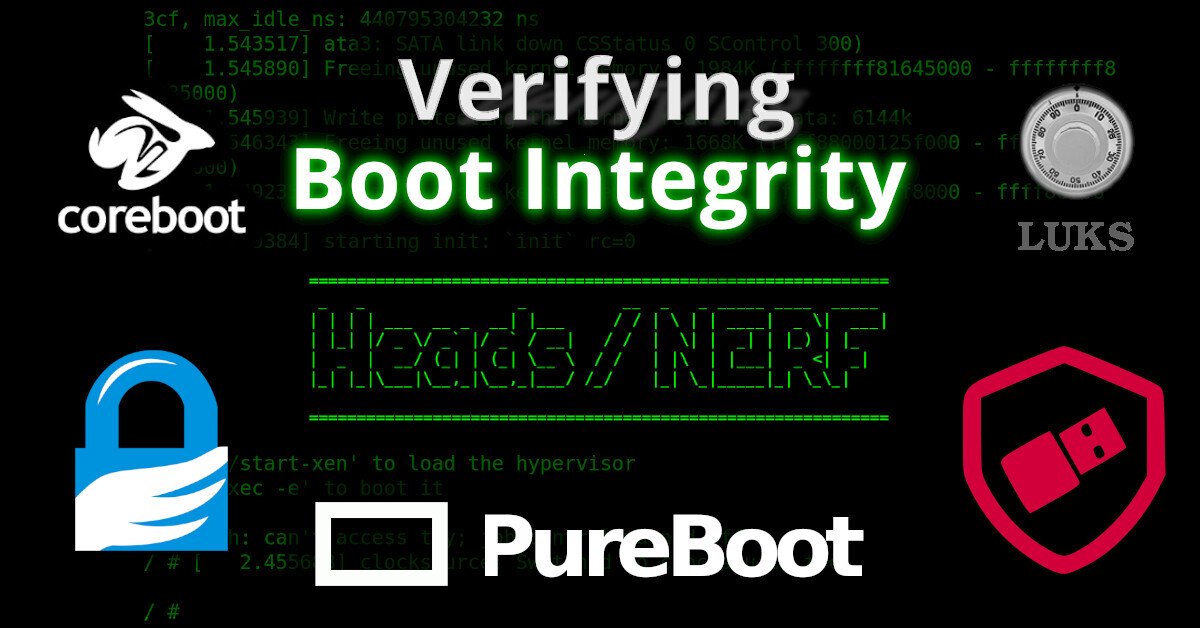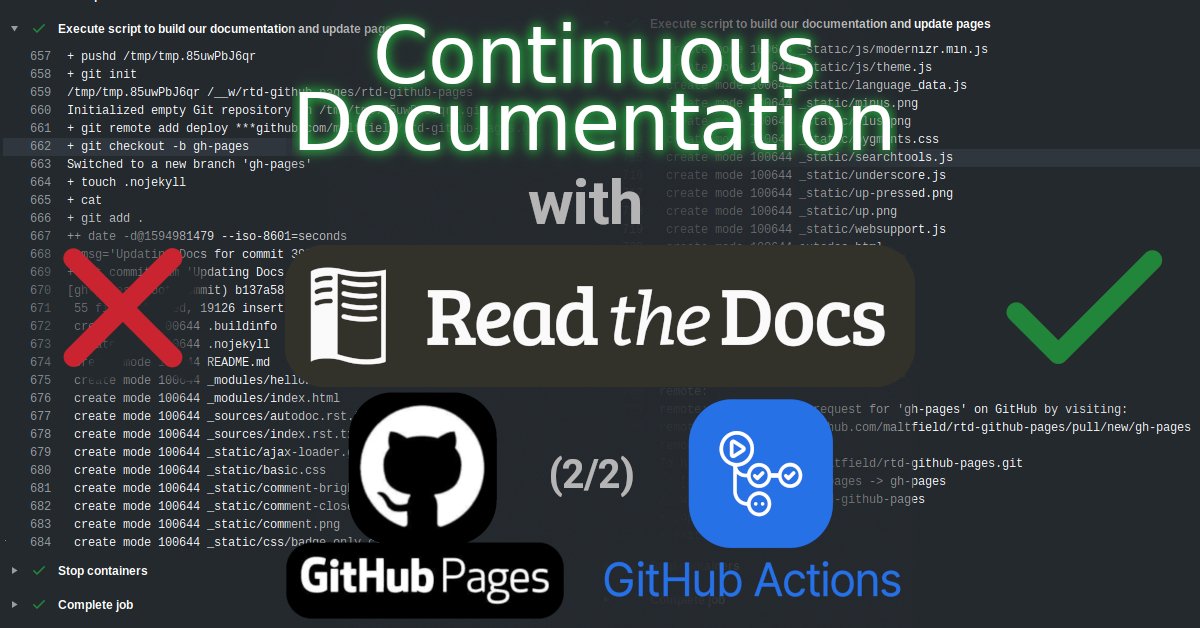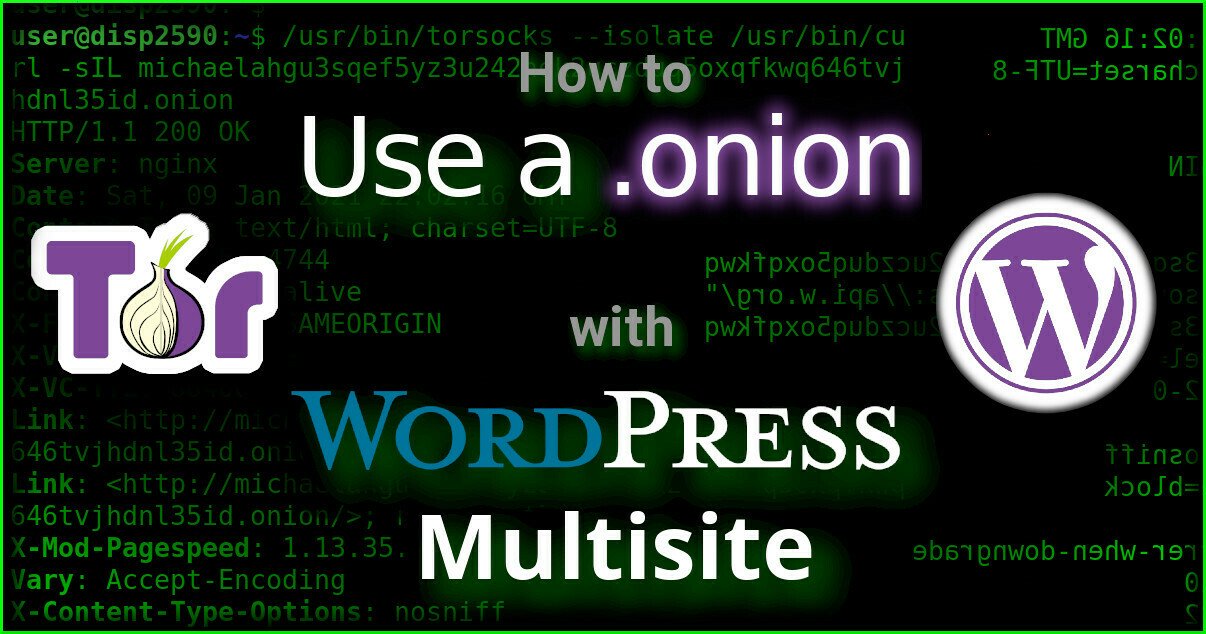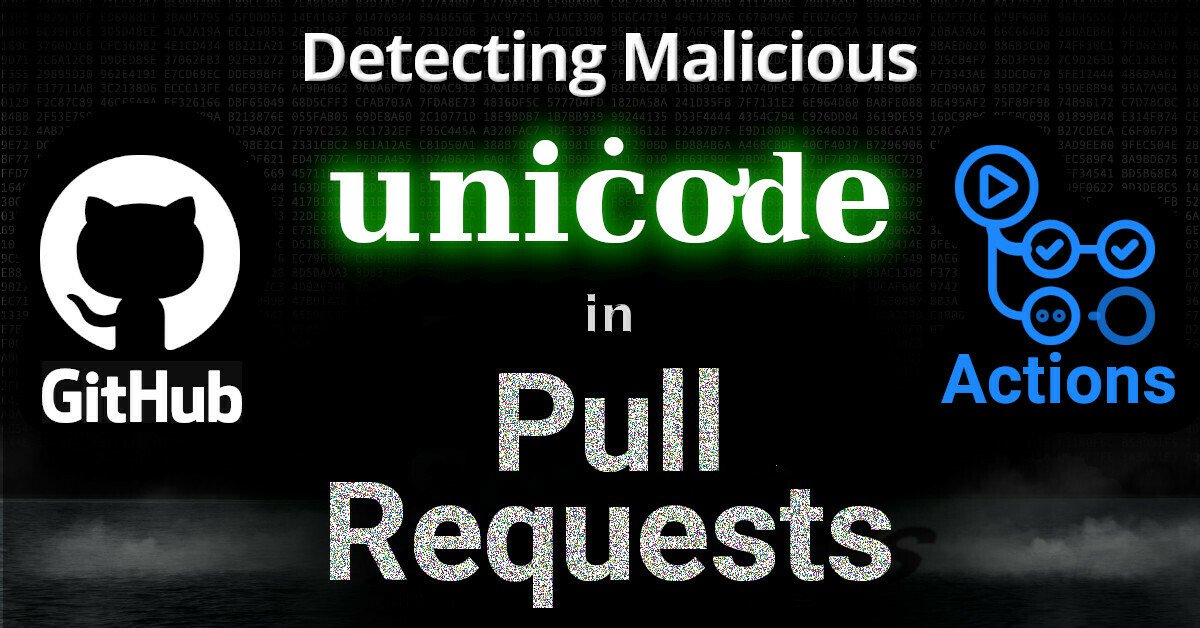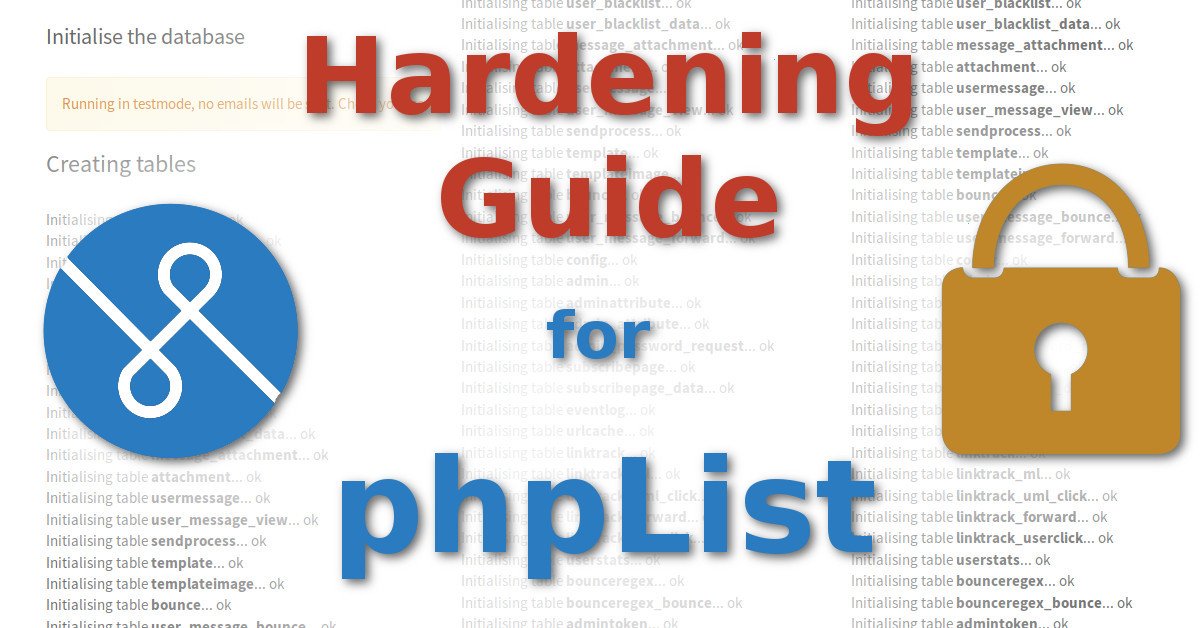This article will describe how to bypass censorship from within any network that uses firewalls using Deep Packet Inspection (DPI) built by the Israeli software company Check Point Software Technologies Ltd, such as is being used by the Miami-Dade’s Public Library System to censor on their public wifi.
I’ve been very fortunate to live in a country where freedom of speech is a well-protected human right and censorship is generally unaccepted. But, I’ve long been aware that many States prefer to assert their control over their citizens by controlling their available information. One of the shining achievements from the Tor Project is a system that allows these unfortunate souls to be able to bypass these censors and access the unfettered Internet. Indeed, the UN affirmed that a State’s attempt to prevent or disrupt dissemination of information online is a violation of international human rights law, as defined by article 19 of the Universal Declaration of Human Rights.
Of course, many States today continue to ban access to the Tor network. In response, Tor provided hidden entry-points called bridge relays that are harder to block. In response to Tor bridges, States purchased firewalls from companies like Check Point to analyze the
. . . → Read More: Bypassing Check Point firewall DPI Tor-blocking
